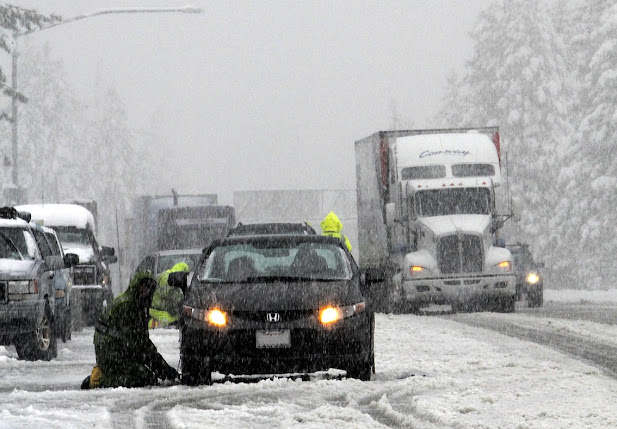
Whether you’ve been driving for 5 years or 50 years, there are certain things you can do to make sure you’re driving safely on the road to stay alert and minimize risks.
In this article, we’ll look at 5 characteristics of a good driver.
Driving Efficiently
With fuel prices constantly increasing, driving efficiently is the best way to keep costs low, look after your car and make it last longer.
So, there’s no need to do 60mph in 2nd or 3rd gear. There’s no reason to speed up to a speed bump only to do an emergency stop before you go over it.
If you want to reduce fuel consumption, improve the longevity of your car and more, then be sure to change gears in plenty of time as you work your way up to speed. For example, some cars now come equipped with a signal when to change gears for economic purposes. Simply change gear when your car tells you to (usually when you’ve reached a certain speed or revs).
And make sure you break gently and in plenty of time, as that’s another way to decrease fuel consumption, by breaking in plenty of time.
Overall, make sure you stay in top gear to reduce the number of revs and change gear as little as possible.
This is why motorway driving can be efficient for your car, as most of the time, you rarely break, and you’re in top gear.
Staying Alert
It's simple to become distracted while driving, whether you're listening to your favourite song on the radio, talking to a passenger, adjusting the air conditioning, or watching for a turning. However, if this top ten list were arranged in order of importance, maintaining attention would likely be at the top.
Because there are so many possible risks brought on by other drivers, it's critical to always be on guard. A hazard could include other distracted drivers, animals racing into the road, bicycles advancing up the inside lane, an unexpected spill or pothole on the road surface, debris blowing into your path, or pedestrians—especially young children—stepping out from behind a parked car.
This is why it’s important to constantly be observant, to stay alert, read the road as well as be one step ahead of other drivers.
Car Maintenance
Looking after your car can help you go a long way in keeping costs down and sustaining the longevity of your car.
So it's good to make sure that your oil is topped up, your windscreen wash is topped up, your radiator fluid is topped up, and your tyres are pumped up correctly.
Getting the basic things right means that your car will be operating at peak performance and when it comes to having your car serviced or for an MOT, the risk of your car failing may in fact be smaller if you look after your car and give it the basic maintenance it needs.
Being Confident
Remember when you first passed your test and drove your car alone for the first time without your driving instructor? Versus now, when you don’t even think twice about driving alone.
It’s all about experience and confidence. If you’re used to driving on an icy road in terrible weather conditions, then driving on a clear, sunny day should be fine.
But if you’re so used to driving in clear weather, when it starts raining, snowing or even in fog, you may lose confidence and have to pull over or, take your time while driving. At that point, if you’re driving below the speed limit, you become a risk to other drivers, especially in bad weather.
So, it’s important to be confident whilst driving.
Be Courteous
Allow other cars to pull out of junctions, say thank you to other drivers who are courteous towards you and overall, don’t drive angrily.
There is no need to drive dangerously behind other drivers, to go over the national speed limit, to angrily beep your horn or even swear or shout at other drivers.
So when you’re driving, remember to be polite and practice good manners on the road.





